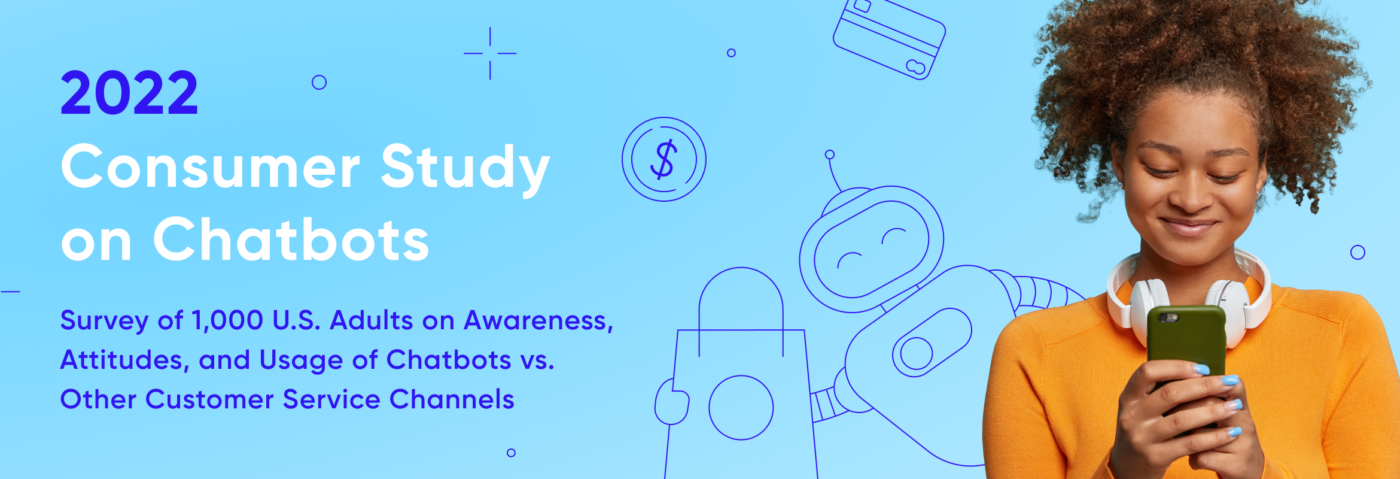
How Do Consumers Really Feel About Chatbots?
Chatbot automation is a critical part of CX today, which is why it’s so important to understand exactly how consumers feel about it.
It’s often asked, do people use chatbots? Well, in Simplr’s latest report, Consumer Study on Chatbots, over 1,000 people were asked questions about chatbots and weighed in on their attitudes and perceptions of the technology.
The findings in this study centered around three recurring themes:
- The value of human intervention in chatbot interactions.
- Satisfaction and revenue shortcomings caused by legacy chatbot vendors.
- Major generational divides in perceptions and tolerance of chatbots.
Chatbot users are up, but their sentiment is… meh
What we found is that there are three recurring themes that this study centered around. These points raise questions about chatbots and how this technology can be improved and perfected.
1. The value of human intervention in chatbot interactions
According to the report, 80% of chatbot users become much more willing to use a chatbot if they know they can easily and quickly transfer to a live person.
The study also found that a seamless transfer from bot to human results in 60% of consumers being more likely to continue to do business with the brand in the future. However, when a chatbot fails and there is no option to transfer to a live agent, the impact is disastrous for the business: Such experiences make 60% of consumers less likely to remain a customer.
80% of consumers think chatbots would be better with human backup
2. Satisfaction and revenue shortcomings caused by legacy chatbot vendors
This report reveals that Chabot usage has doubled since the onset of the pandemic. However, the majority of consumers feel “neutral” about their willingness to use them. What gives?
The reality seems to be that the buzz and technical advances behind chatbots have overshadowed one crucial element: customer satisfaction. Luckily, as you’ll read in this report, there’s ample opportunity for companies to enjoy the incredible benefits of automation while also satisfying their customers. Download now.
3. Major generational divides in perceptions and tolerance of chatbots.
There’s also significant generational differences when it comes to chatbot and human agent preferences:
- Twenty percent of Gen Z consumers prefer to start with a chatbot, compared to only 4% of Boomers.
- Meanwhile, 71% of Boomers prefer to start by talking on the phone with a live agent, compared to 41% of Gen Z consumers.
- 53% of Boomer respondents indicated that uninitiated chatbots “annoyed” them, compared to only 28% of millennials and 24% of Gen Z consumers.
It’s clear that people use chatbots and the technology isn’t going away any time soon. In order for businesses to capitalize on the proliferation of bots, it’s critical to understand consumer preferences and take a customer-first approach to bot strategies. We hope this report helps!